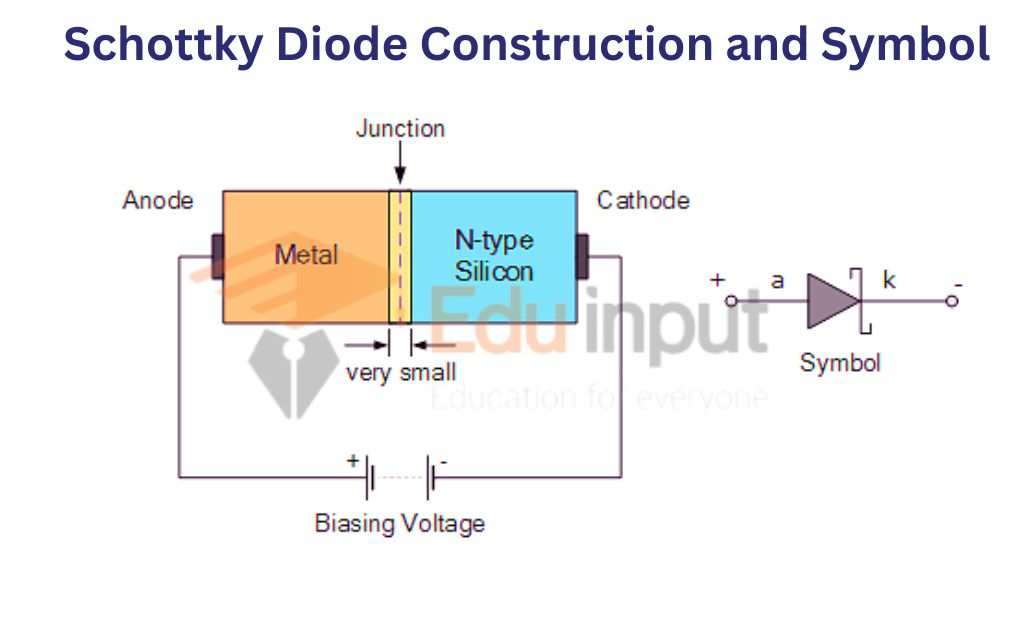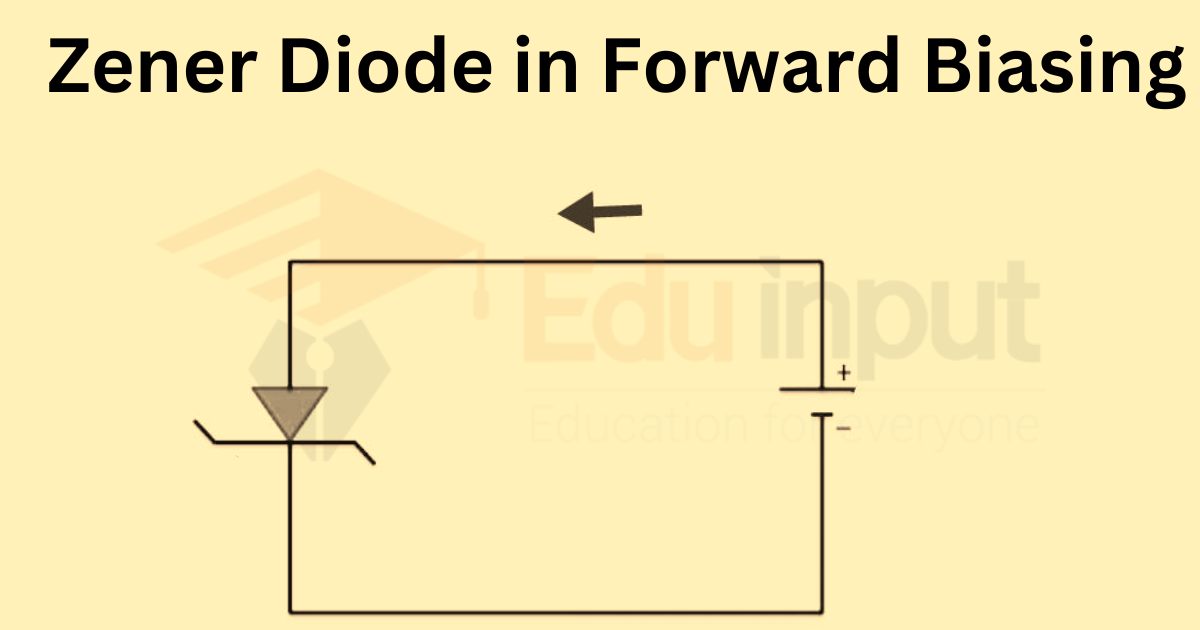What is Diode?-Definition, Types, And Applications
The device that acts as a one-way switch for current is called a diode. A two-terminal electrical device is referred to as a diode. Most of the time, adios is made from a Semiconductor, but sometimes germanium.
What is Diode?
The diodes are semiconductor devices that act as rectifiers. They are the best devices to control electrical currents. They are basically used in electronics to control electric currents. They are widely used in the field of electronics, medical devices, photovoltaics, and many more.

Diode Function
One of the most common functions of a diode is to allow an electric current to pass in one direction while blocking it in the opposite direction. The check valve can be seen as an electronic version of the diodes. It is possible to convert alternating current (AC) to direct current (DC) using this unidirectional behavior. As a rectifier, diodes can be used to extract radio signals from radio receivers.
Types of Diodes
- Light Emitting Diode
- Laser diode
- Avalanche diode
- Zener diode
- Schottky diode
- Photodiode
- PN junction diode
Schottky Diode
It has a slightly lower forward voltage than other junction diodes. There is a low current where the drop will be seen and the voltages range between 0.15 and 0.4 volts. In order to achieve that performance, these are constructed differently. they are used for rectification
PN Junction Diode
The P-N junction device is also known as a rectifier device. A semiconductor material is used for the diodes that are used in the rectification process. Two layers of transistors are included in the P-N junction diodes. There are two layers of the material, one with P-type material and the other with N-type material. The P-N junction is formed by the combination of the P and N-type layers. The name P-N is derived from the Greek word for the junction.
Photodiode
A photodiode uses a PIN junction rather than a PN junction to increase the speed of response. As their surface area increases, photodiodes will have a slower response time. A large area photodiode is a solar cell used to generate electric solar power.
Light-emitting diode
A light-emitting diode is a light source that emits light when the current flows through it. In a light-emitting Diode, the recombination of electrons and electron holes in a Semiconductor produces light, which can be visible or UV.
Laser Diode
As it produces coherent light, it is a different type of diode. CD drives, DVDs, and laser devices use it the most. When compared to other laser generators, these are more expensive and cheaper. The only disadvantage of these diodes is limited life.
Avalanche Diode
This is a reverse bias type and operates using an effect called the avalanche effect. The breakdown of the avalanche occurs when the voltage drop is constant and the current is not constant. They are used for photodetection because they exhibit high levels of sensitivity.
Zener Diode
It can provide a stable reference voltage, making it the most useful type of diode. These are operated in reverse bias and break down when there is a certain voltage. A stable voltage can be generated if the current passing through the resistor is limited.
Applications of Diode
The demodulation of amplitude-modulated radio broadcasts was one of the first uses of the diodes. In the crystal detector article, there is a detailed look at the history of the discovery. An AM signal consists of alternating positive and negative peaks of a radio carrier wave, whose amplitude or envelope is proportional to the original audio signal.
The positive peaks of the carrier wave are the only peaks left after the rectification of the AM radio frequencies. The sound waves from the rectified carrier wave are fed into an audio amplifier or transducer, which converts them into sound waves using an audio speaker. In order to convert alternating current (AC) electricity into direct current (DC), rectifiers are constructed from diodes.
The Diode, which rectifies the AC into DC, provides better performance than the commutator or earlier, dynamo, in automotive alternators. The AC is converted into higher DC voltages with the help of diodes in the voltage multipliers.

 written by
written by 





Leave a Reply